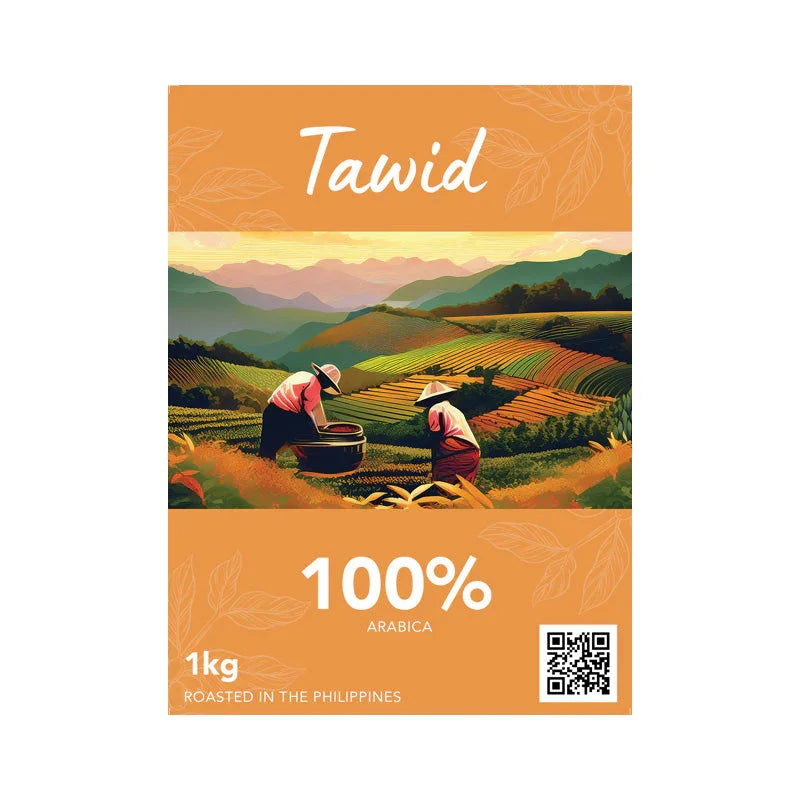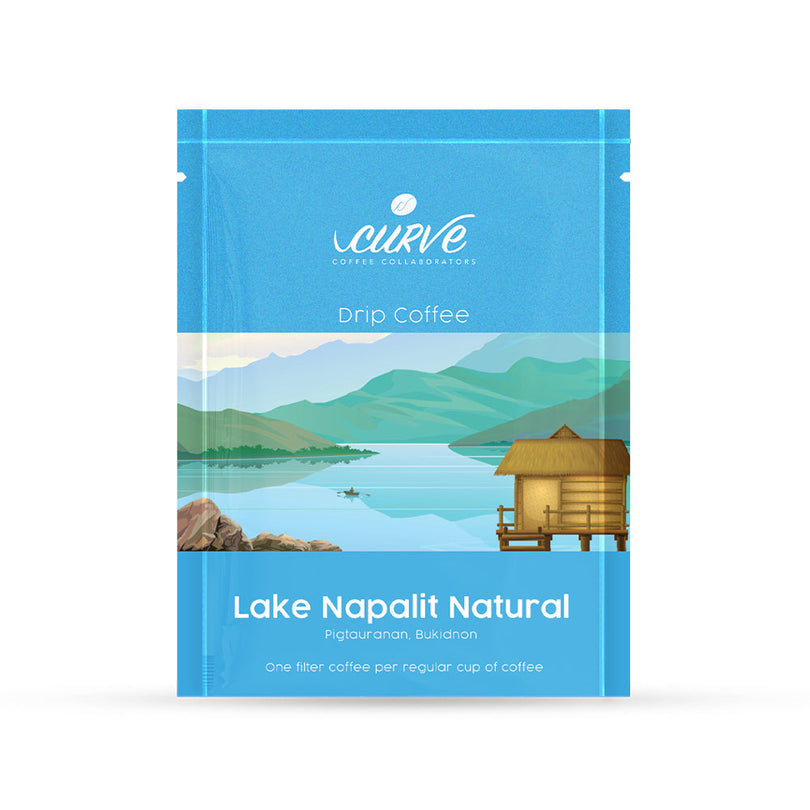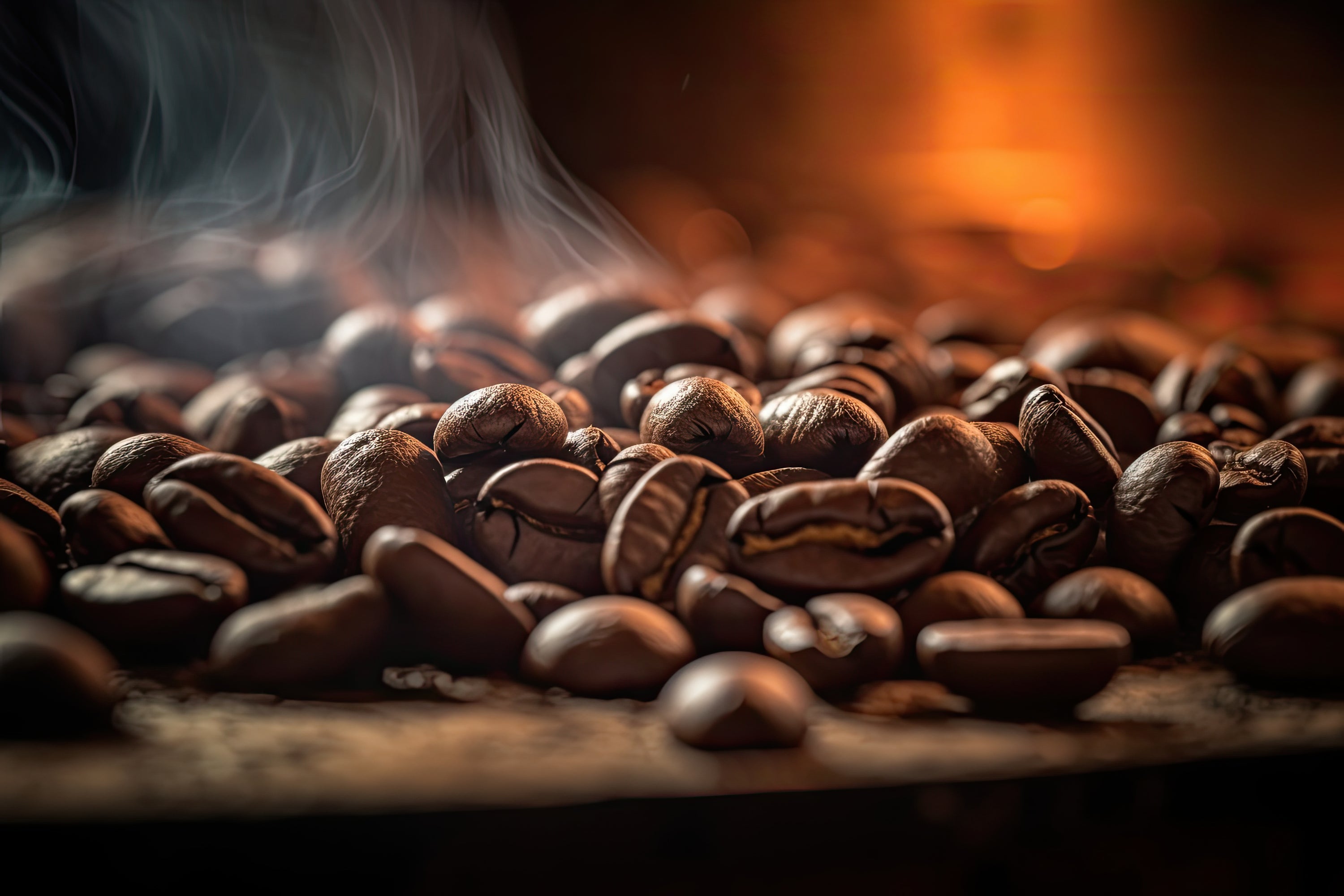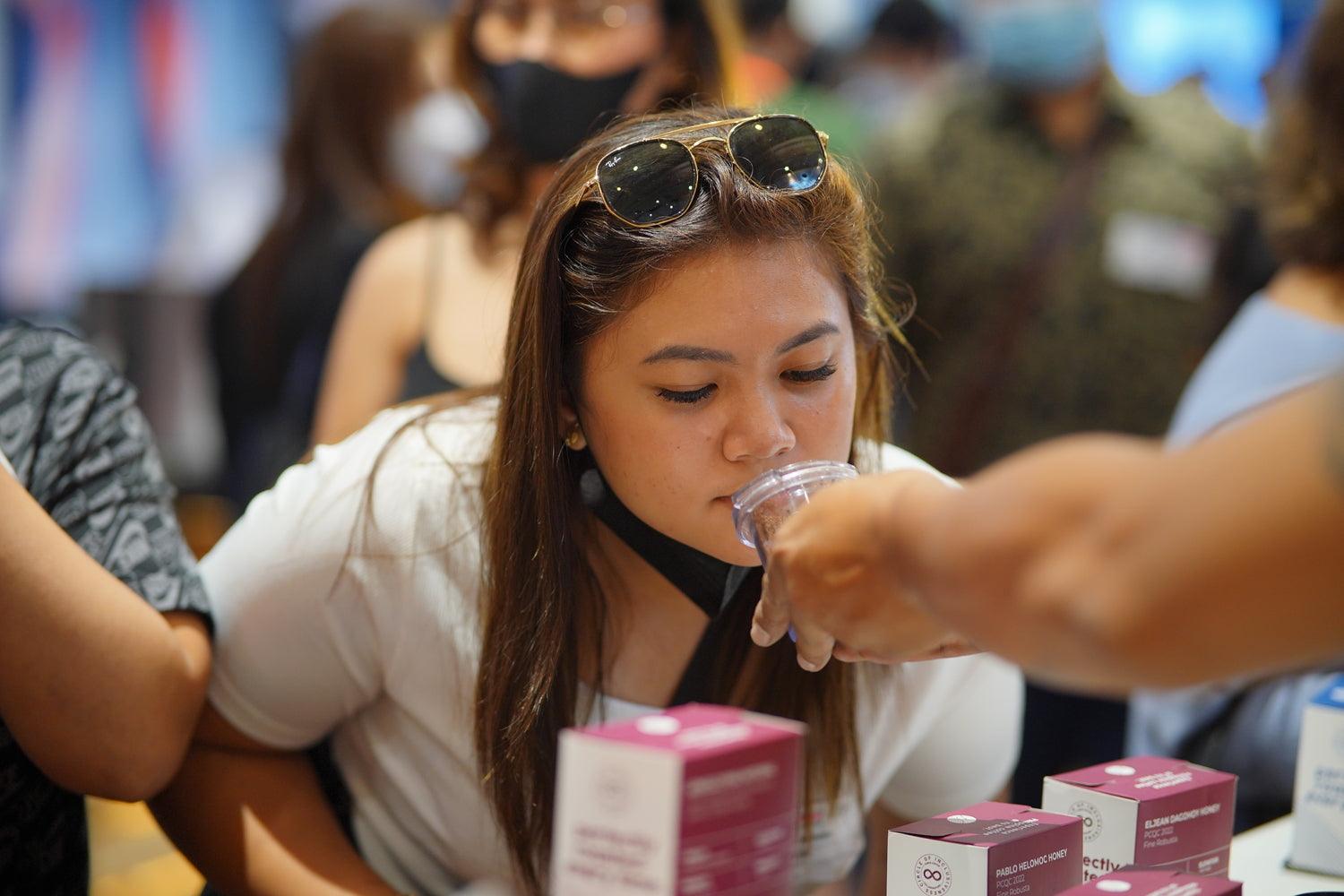When is freshly roasted coffee best?
It is the most elusive question amongst all coffee drinkers and roasters. The classic answer is that it depends. That is not an evasive answer to an ever-elusive question of coffee freshness. It is, in fact, the only correct answer.
“But why?” you may ask. There are many factors to consider, including the uniqueness of beans, post-harvest processing, roasting, and resting.
Uniqueness of Beans
Coffee beans have different varieties, and these differences determine their uniqueness. In addition, each variety will have different origins. Each origin has its microclimate in terms of soil characteristics, altitude, temperature, sun exposure, amount and kind of shading, and rainfall. These external factors, the coffee cherry’s own foliar distinction, and inherent physiochemical substances influence coffee fruit maturation and ripening. The altitude and temperature where coffees are grown may also impact density, an indicator of taste complexity.
Post-Harvest Processing
In post-harvest processing, the type of processing technique and the uniqueness of each origin’s endemic microbial community are vital. These tiny communities of microbes can impact post-harvest fermentation. Same-origin coffees processed as washed, natural, or honey-processed may deliver different taste profiles. These and many more are the complex factors influencing coffee taste and flavor.
Roasting
Green coffees from various origins exhibit different characteristics that influence how they are to be roasted and rested. Proper roasting brings out the best taste profile inherent in each coffee bean. Therefore, the expertise of coffee roasters is critical to bringing out this coffee taste profile into each cup of coffee. This is not an easy feat. It can only be done with knowledge learned over time and the utmost patience and care in every roast. And it must be done repeatedly and consistently each time a specific coffee is roasted.
If there is one thing that is universal amongst coffee roasters, it is the common sense of excitement each time a roaster is in front of coffee from a new origin. Secretly smiling and (sometimes) hiding the giddy feeling of expectant surprise, they try to find that perfect roast profile for each new coffee. They find themselves silently talking to the coffee, saying, “Come on, amaze me, surprise me!” Each coffee will have a different roasting style, a unique roasting curve for coffee from different origins. Each treatment of the roast will even vary across roast machines.
Adding to this complex roasting love affair is determining the use of the specific coffee that is being roasted. Will it be for espresso, manual or machine drip coffee, or milk-based? Thus, roasters will opt to do light, light to medium, medium, or even medium to dark roasts. In this roasting process, the challenge is to prevent the loss of volatile substances that bring out floral notes, enhance or diminish the various acids that create those fruity flavors, or maximize the caramelization and browning of sugars during the Maillard Reaction. It may sound overwhelming, but there are truly many factors to consider. Whew.
Resting
And then there is Resting. Coffee resting after roasting is the process of allowing the coffee to breathe until it achieves its best state for consumption. A significant percentage of gasses are released within the first 24 hours of roasting. Then, this process slows down until the coffee has “breathed” enough (or has released enough CO2) and arrives at its best state for brewing for its intended purpose.
How do we manage this “breathing” process? With much time, patience, and attention to detail. Roasters approximate the proper resting time for each coffee with plenty of experimentation and study, doing repeated roasts and testing/tasting various roasts of different ages. Some roasters try to manage this by using coffee packaging with one-way valves.
But that is only half the story. Indeed, the proper resting time for roasted coffee is like the Holy Grail of most roasters. Hand and machine drip coffees will have different suggested resting times vs. espresso roasts. It can be anywhere from 7 to 14 days. For some espresso roasts, the coffees peak even after 3 to 4 weeks. Some coffee blends achieve the best extraction time after a month. Some are surprised by this, but yes, this is the case. At the end of the day, it all boils down to how it tastes on the cup.
Coffee Consumer
Let us talk about the coffee consumer, who is the final assessor of the coffee cup. Digressing a bit on “Commercial Coffee,” coffee consumers at some point in their coffee journey started with simple coffees, often tasting the most common commercial coffee.
Some gradually progress to more sophisticated versions of specialty coffee. There is no right or best way to consume coffee, whether one remains a commercial consumer or becomes a specialty coffee enthusiast. Each coffee consumer has their own appreciation of their morning cup of joe – we should all respect that.
Similarly, that same respect is to be extended to each coffee roaster who makes judgments to roast and rest a particular coffee to the best version of itself. Consumers and roasters may agree to disagree, and that is perfectly fine. It is such complexity and diversity that fuels perfection.
Commercial coffee, the 3-in-1, and those Php39 coffees to-go all have their customers. As they say, “to each his own” – each type of coffee for every kind of coffee drinker. This often-maligned market segment of commercial and instant coffee is, in reality, a key mover in the coffee industry. It drives the industry with a compounded annual growth rate (CAGR) of about 7.5%.
Again, at the end of the day, whether specialty or commercial, coffee drinkers are passionate about how they enjoy their coffee.
Conclusion
And now, back to the elusive topic of coffee freshness amid roasting and resting timelines. Given the long discourse of why different coffees have different characteristics based on their variety and origins, different coffees will also have different roasting approaches and resting times to achieve maximum flavor potential. What, then, is the best resting time? The answer is the same: it depends.
At Curve Coffee Collaborators, we respect the origin of each coffee by determining specific roasting curves for each coffee, and we rest them based on specific timelines. Our team cups various stages of roasted coffee samples, collects the data, and records the information in our database. Retained samples for each roasted batch are stored for testing and tasting by our panel of cuppers for extended periods of up to six months. In our commitment to roasting excellence, our cuppers comprise mostly certified Q Arabica and Robusta graders. We roast based on customer requirements and the intended use of our coffees and conduct post-harvest and post-roast quality control checkpoints. We take all these steps to preserve the quality desired by our customers and give the reassurance that each coffee we ship out is “Perfectly Roasted.”
Our passion and respect for each coffee’s unique roasting curve reflects our name, commitment, and brand: Curve.
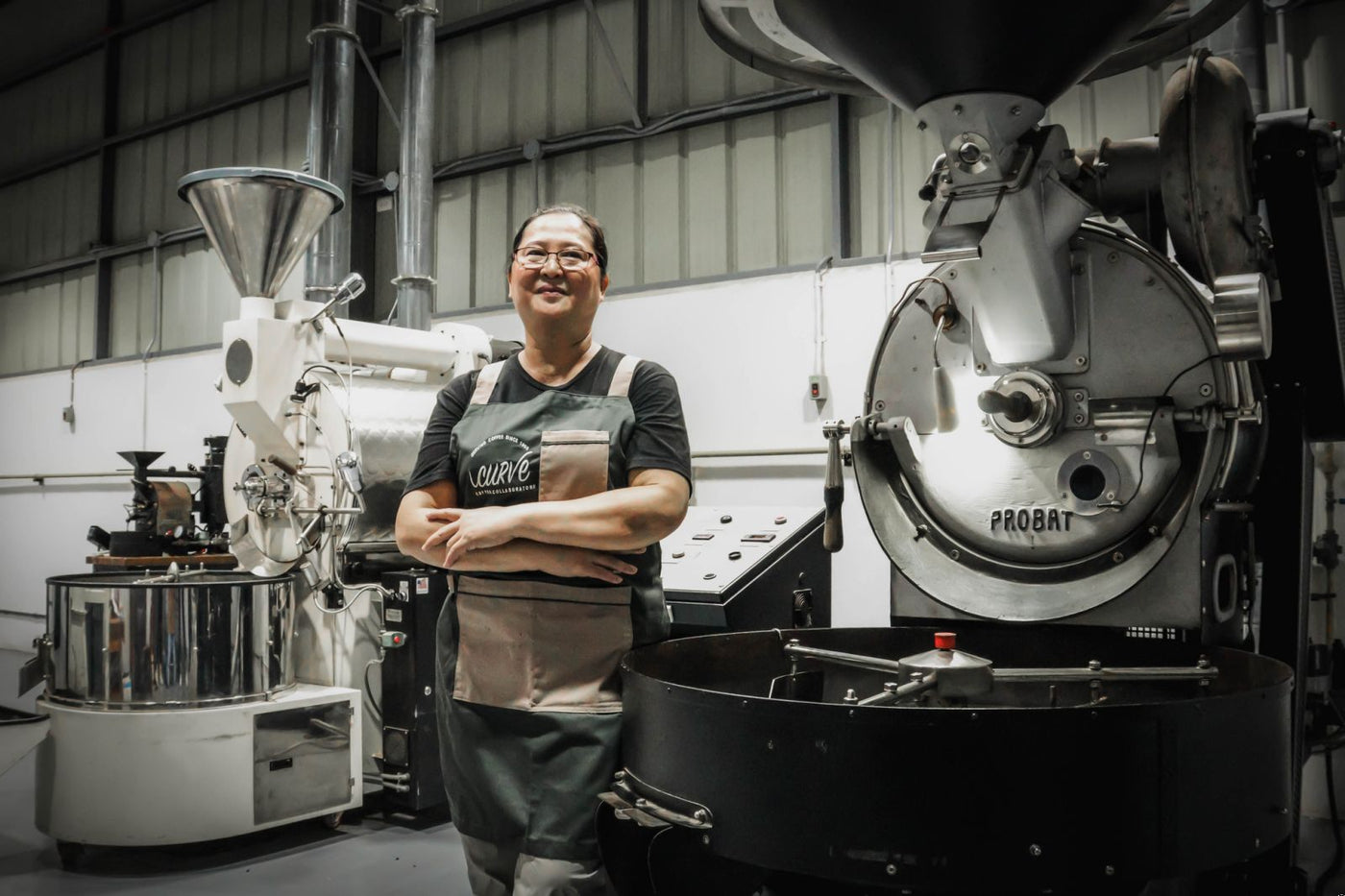
About the author:
Cherry Cruz is the Founder, Chief Executive Officer, and Head Roaster at Curve Coffee Collaborators. She is also the founder of the Barista and Coffee Academy of Asia (BCAA), an in-country partner of the Coffee Quality Institute and SCA Premier Training Facility. An advocate for Philippine coffee, she has made it a mission to discover and promote local origins by partnering with local farming communities around the country since 2016. Cherry is a certified Q Arabica and Robusta grader, a CQI Lifetime Achievement Awardee for contributions to the coffee industry, and the first Q Instructor in the Philippines.


